In-ground garden beds possible?
jeff_12422
10 years ago
Related Stories

GROUND COVERSGround Force: 10 Top Ground Covers for Your Garden
Protect your soil from weeds and drought this summer with a living mulch of ground covers
Full Story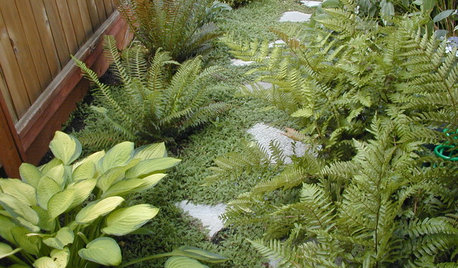
LANDSCAPE DESIGN6 Great Ways With Garden Ground Covers
Use them as problem solvers, weed killers, color and texture providers ... ground cover plants have both practical and visual appeal
Full Story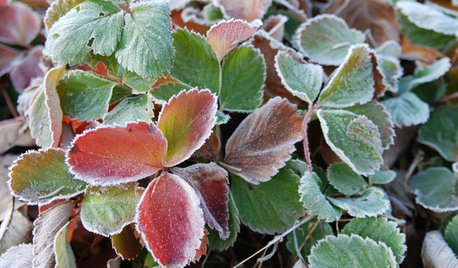
GARDENING GUIDESGreat Design Plant: Strawberries for All Seasons
An edible carpet? It's possible with a mass planting of this tough ground cover
Full Story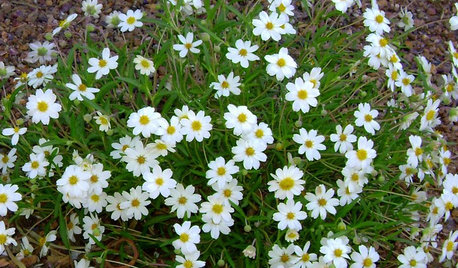
GROUND COVERSGreat Design Plant: Blackfoot Daisy for Prettier Dry Ground
Don’t let its delicate looks fool you. This ground cover can survive extreme cold and heat, and with little water to boot
Full Story
GARDENING GUIDES6 Dependable Ground Covers for Warm Climates
Swap some lawn for these drought-tolerant clumping plants — and watch your maintenance efforts diminish while they easily grow
Full Story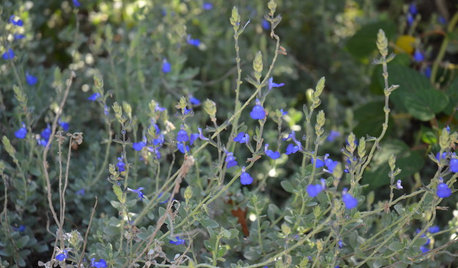
GARDENING GUIDESGermander Sage Makes a Versatile Flowering Ground Cover
Light up drought-tolerant gardens, and attract butterflies and hummingbirds, with Salvia Chamaedryoides’ vibrant blue blooms
Full Story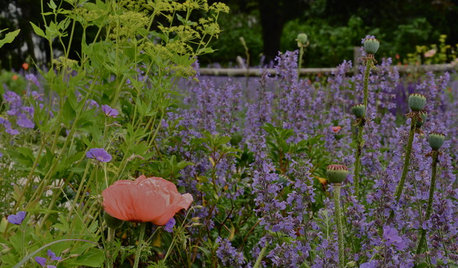
GARDENING GUIDESGreat Design Plant: Walker's Low Catmint
Prolific purple blooms, fragrant leaves, and cold-hardiness makes this a go-to plant for almost any garden
Full Story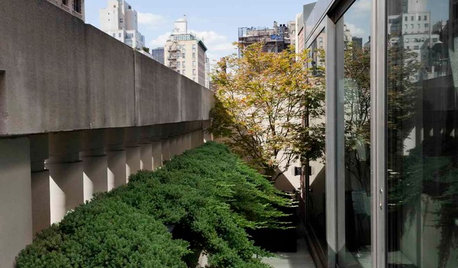
GARDENING GUIDESGreat Design Plant: Creeping Juniper Holds Its Ground
Add texture and evergreen interest to a layered garden with this low-maintenance, good-looking ground cover
Full Story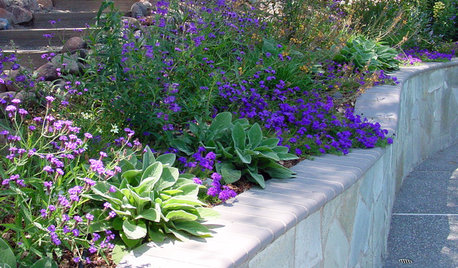
GARDENING GUIDESGreat Design Plant: Glandularia Rigida Paints the Ground Purple
Sandpaper verbena's deep purple flowers create a colorful carpet in drought-tolerant gardens
Full Story
DECORATING GUIDESNo Neutral Ground? Why the Color Camps Are So Opinionated
Can't we all just get along when it comes to color versus neutrals?
Full Story





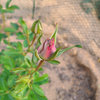
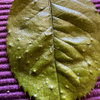
tomatofreak
jeff_12422Original Author
Related Professionals
Ballwin Landscape Architects & Landscape Designers · Glassmanor Landscape Architects & Landscape Designers · North New Hyde Park Landscape Architects & Landscape Designers · Clermont Landscape Contractors · Dixon Landscape Contractors · El Segundo Landscape Contractors · Flagstaff Landscape Contractors · Fort Atkinson Landscape Contractors · Indio Landscape Contractors · Ringwood Landscape Contractors · Bensenville Landscape Contractors · Del Aire Carpenters · Lebanon Carpenters · Livingston Carpenters · Temple Carpentersmikerizzle9
mikerizzle9
jeff_12422Original Author
jeff_12422Original Author
jeff_12422Original Author
jeff_12422Original Author
richsd
jeff_12422Original Author
MaryMcP Zone 8b - Phx AZ
richsd
MaryMcP Zone 8b - Phx AZ
jeff_12422Original Author
tomatofreak
Fascist_Nation
Fascist_Nation
jeff_12422Original Author